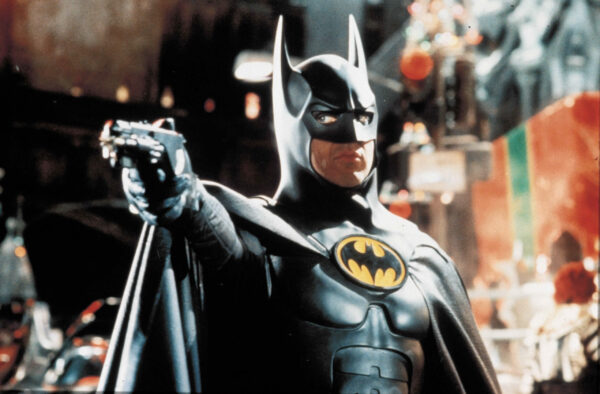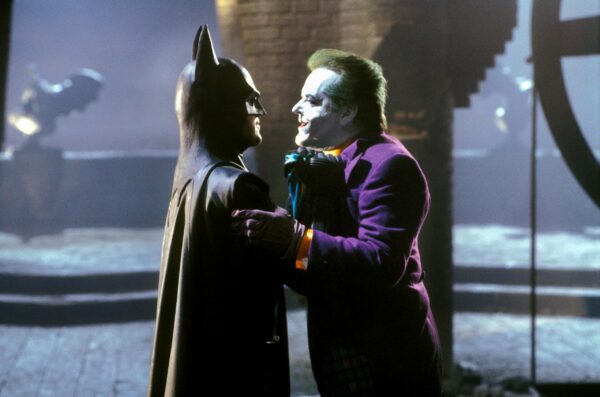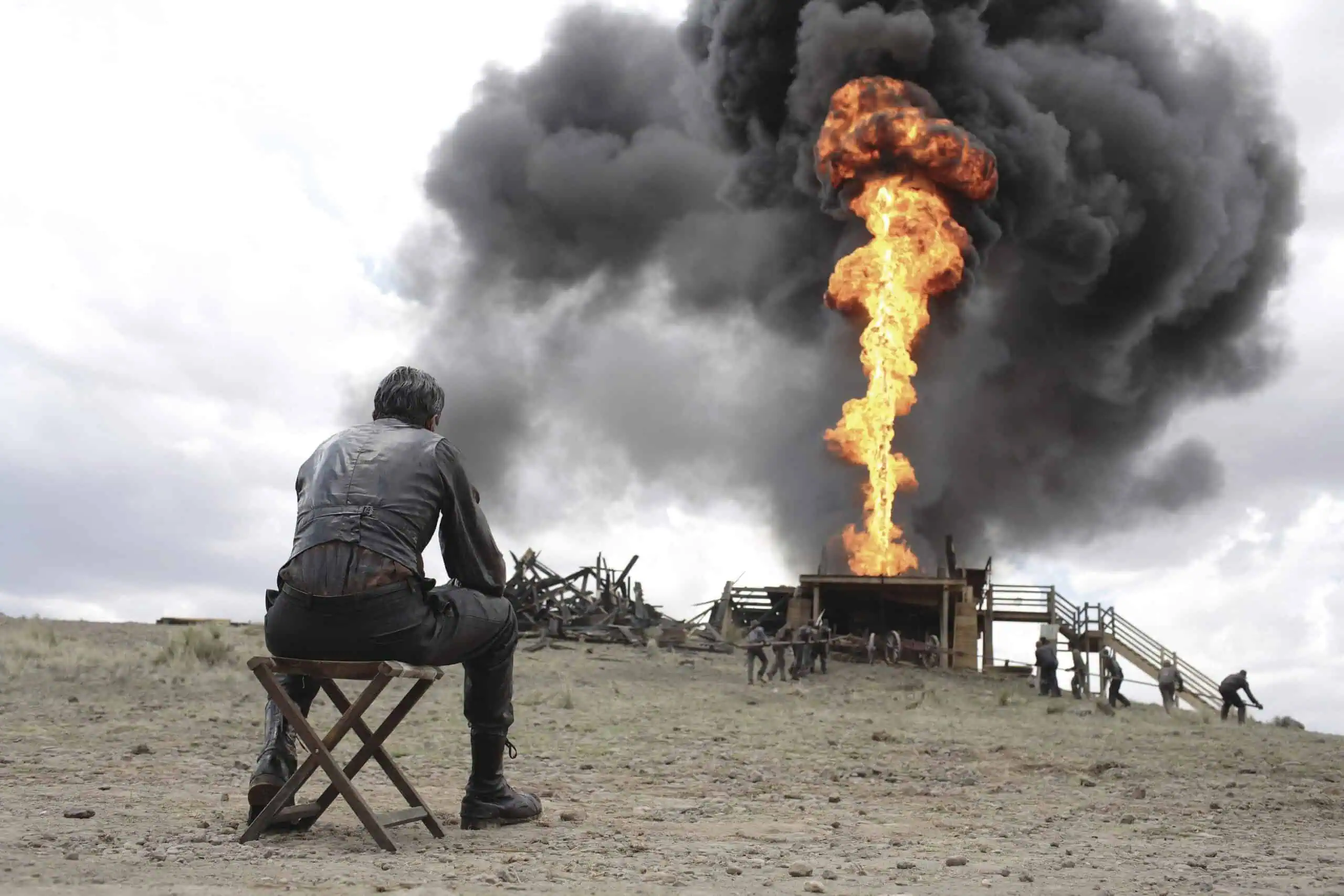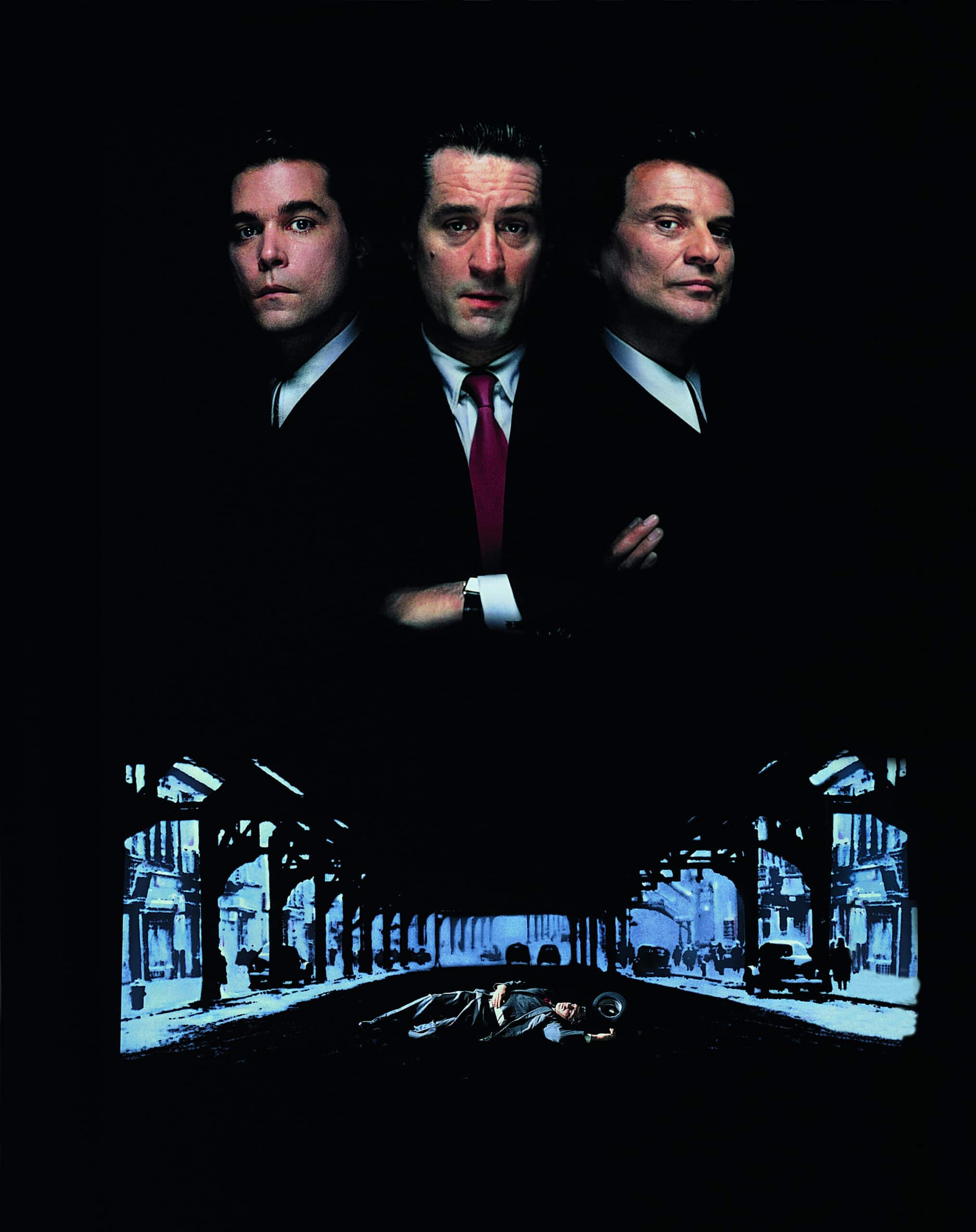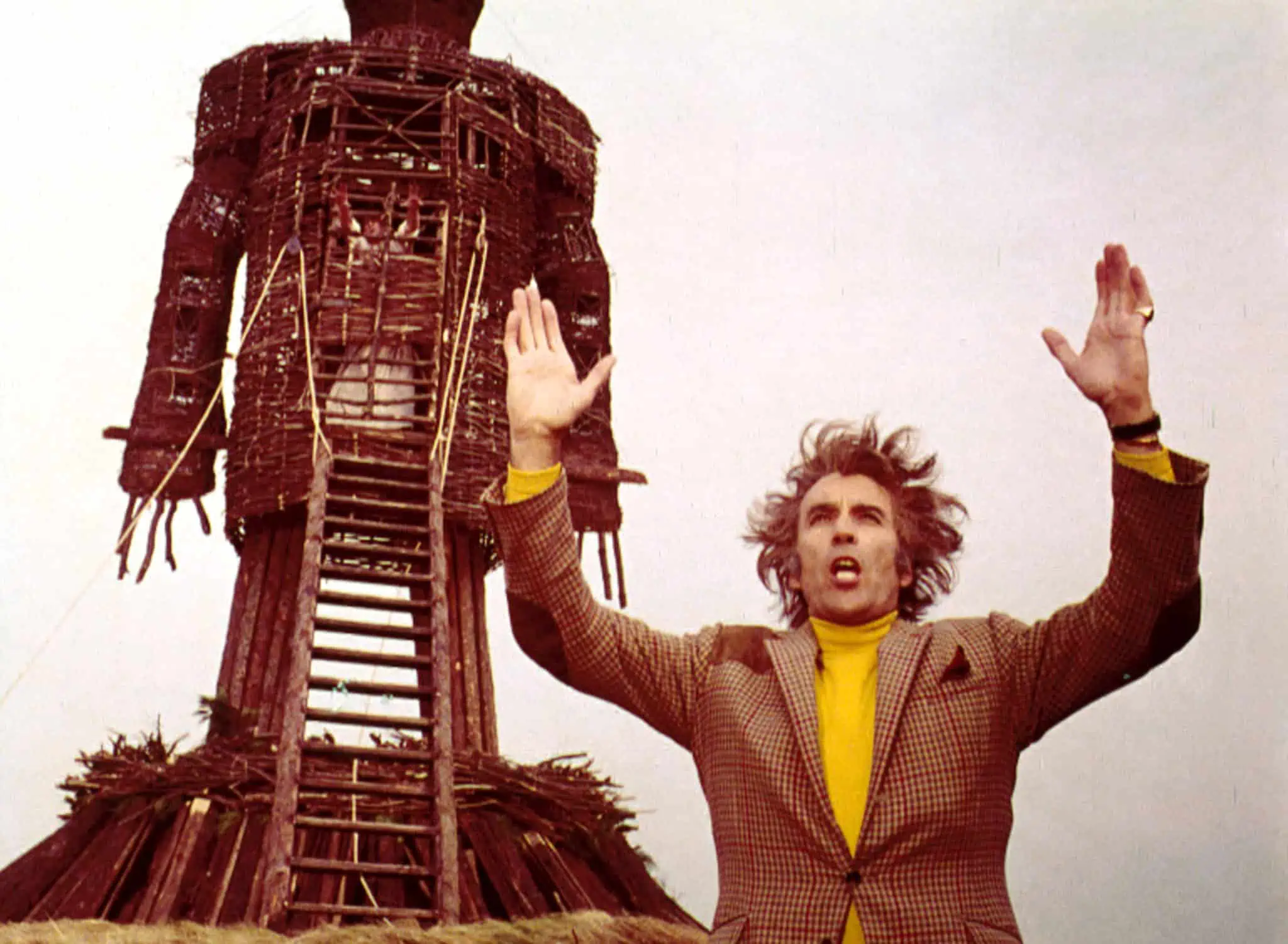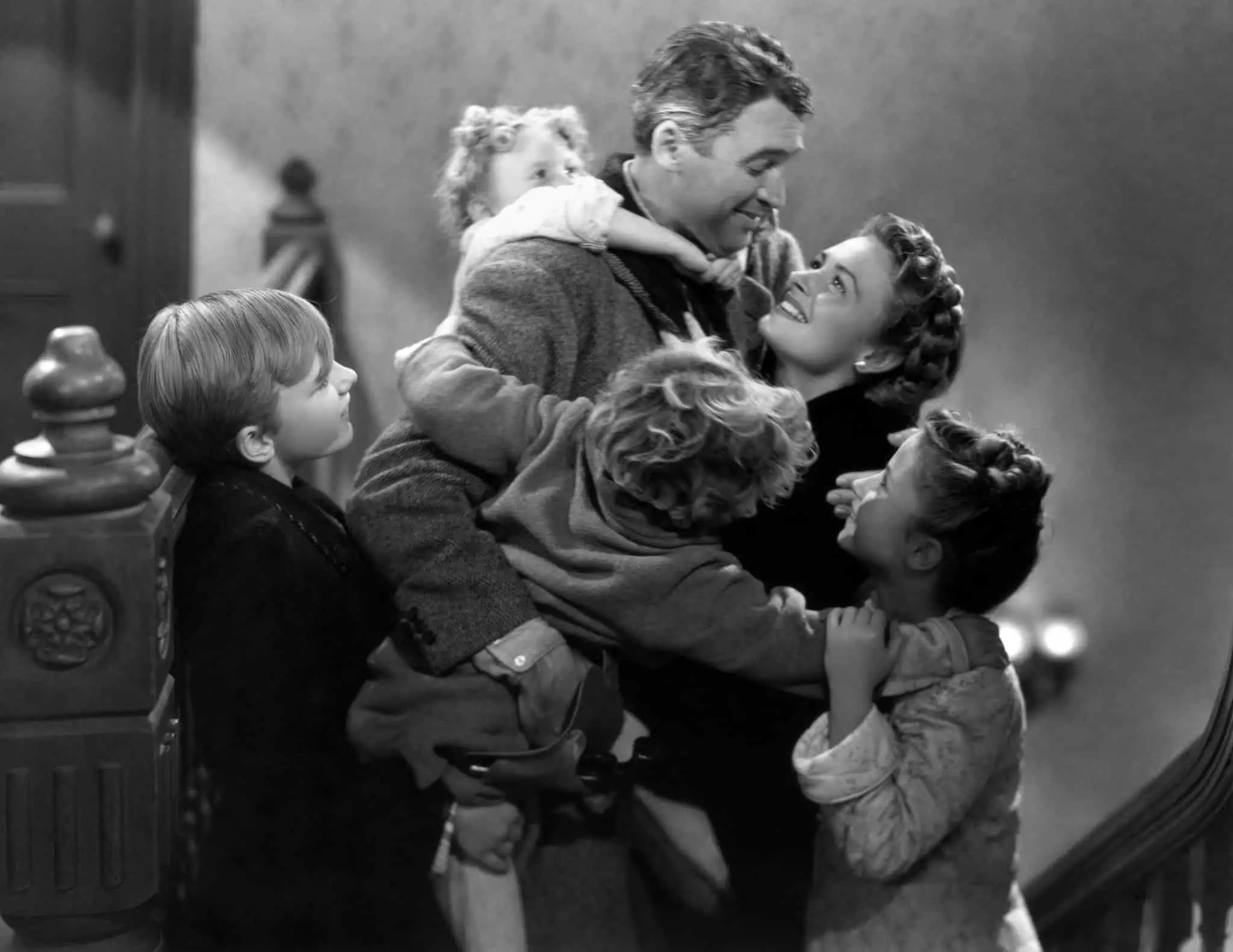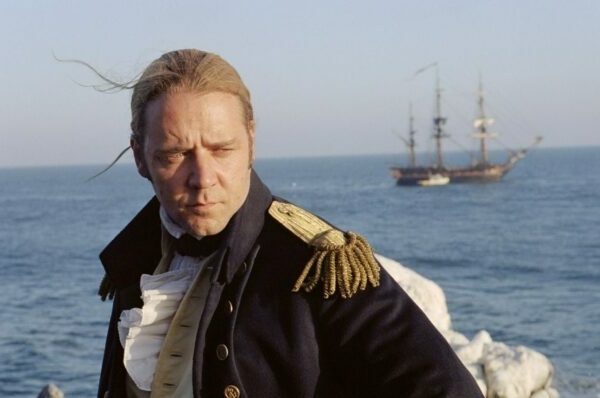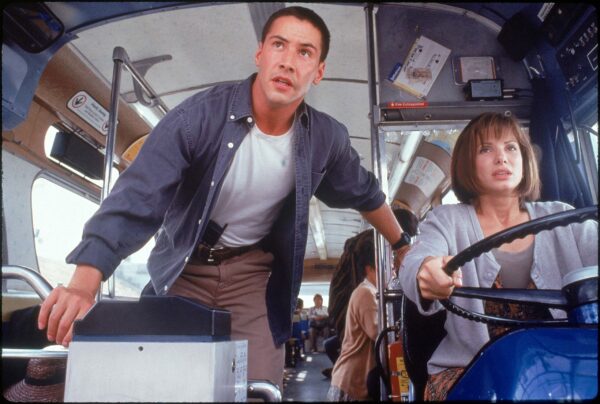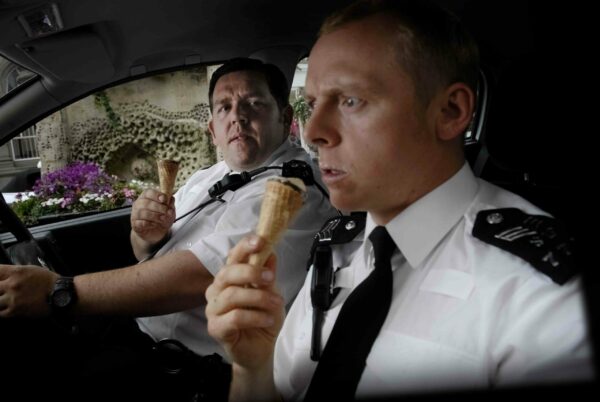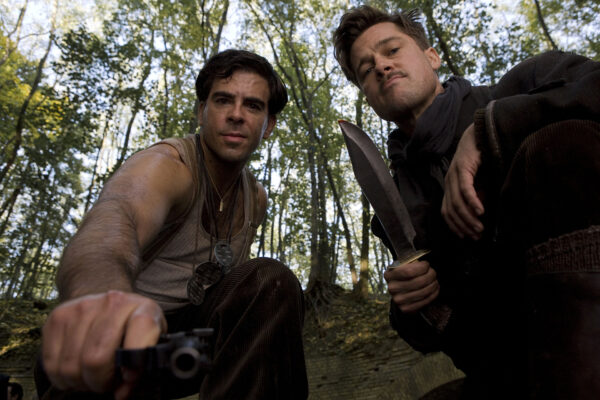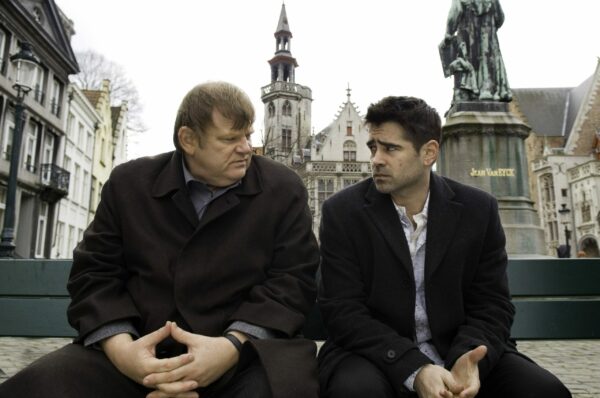
Not the dominant force it once was at the box-office and awards ceremonies, the movie musical is still a force to be reckoned with within Hollywood. With Steven Spielberg’s remake of the classic West Side Story releasing later this year, Katie Baker looks at the musical, and explores its enduring appeal after all these decades.
Whether it’s The Jazz Singer in 1927 or Spielberg’s West Side Story almost a century later, the movie musical has remained a cinematic staple, waxing and waning in their popularity. But just what is it that makes audiences keep coming back, and why do some fail so spectacularly?
Though there were certainly musical hits throughout the late twenties and thirties, it was MGM Studios that really set off the golden age of musicals on screen, producing classics like Easter Parade (1948), An American in Paris (1951) and Singin’ in the Rain (1952). Though musicals briefly saw something of a loss in popularity, this quickly turned around in the late sixties with Mary Poppins in 1964 winning five Academy Awards and rapidly making shedloads at the box office. At this time, musicals were marketed to function as the ‘event’ movie, often running as ‘roadshows’ to build prestige and excitement and allowed theatres to charge higher prices. It was the box office performance of The Sound Of Music (1965) in particular that gave studios confidence to invest in producing big budget musical films, which didn’t always reach success. Box office flops including Camelot (1967), Doctor Dolittle (1967) and Hello Dolly! (1969) effectively ruined studios financially and set off the massive decline of the movie musical. Though there were some outliers throughout the following years, such as the hugely popular Greasein 1978, the movie musical became increasingly higher risk and less bankable and thus began to evaporate from screen.
Gene Kelly performs one of Hollywoods most iconic moment in Singin’ In The Rain in 1952.
Throughout the 2000’s however, there has been something of a revival with a steady stream of successes including Moulin Rouge!, Chicago, Walk the Line, Dreamgirls, Sweeney Todd: The Demon Barber of Fleet Street, Les Misérables and La La Land, all of which received Golden Globes. The massive box office success of Mamma Mia in 2008 soon forged the way for the rise of the ‘jukebox musical’, meaning musicals based on pre-existing pop/rock hits, which banked on their pre-existing popularity to bolster ticket sales, seen in movies such as Rock of Ages, Sunshine on Leith, Yesterday and even its own sequel, Mamma Mia: Here We Go Again. Similarly, the box office and critical success of La La Land, tying Titanicand All About Eve for the most ever Academy Award nominations, may give us some idea of the direction of the industry.
La La Land, Mamma Mia and its following jukebox musicals, The Greatest Showman and even the third remake of A Star Is Born, may suggest that audiences are simply more interested in original musical stories, made specifically for screen, rather than adaptations. Perhaps it is that the ‘magic’ of live theatre is never going to be captured on screen, and it shouldn’t have to be. The screen has its own immersive power, one that should be harnessed rather than shied away from. Musicals must be truly adapted to their film audiences, otherwise, to make a half-baked film makes no sense and studio money would be better spent simply recording the stage show. The most extreme example of this is The Fate of Cats (2019). In the translation of Catsto screen, and costumes to ‘digital fur technology’, the fundamental element of dance, the real selling point of Cats, is lost almost entirely. Met with distain from theatre fans and baffling confusion from cinemagoers, the audience is left to search for meaning elsewhere and the sheer spectacle is lost entirely, thus unsurprisingly Catsreceived scathingly negative reviews.
However, 2020 is set to challenge this trend, with adaptations of stage musicals flooding the screen, including In the Heights, Everyone’s Talking About Jamie, The Prom and West Side Story only challenged by two original musicals: Annette directed by Leos Carax and starring Adam Driver as well as Spike Lee’s adaptation of the graphic novel Prince Of Cats. It is impossible to predict the intricacies of the future for the movie musical, but what can be counted on is that they are not going anywhere.


